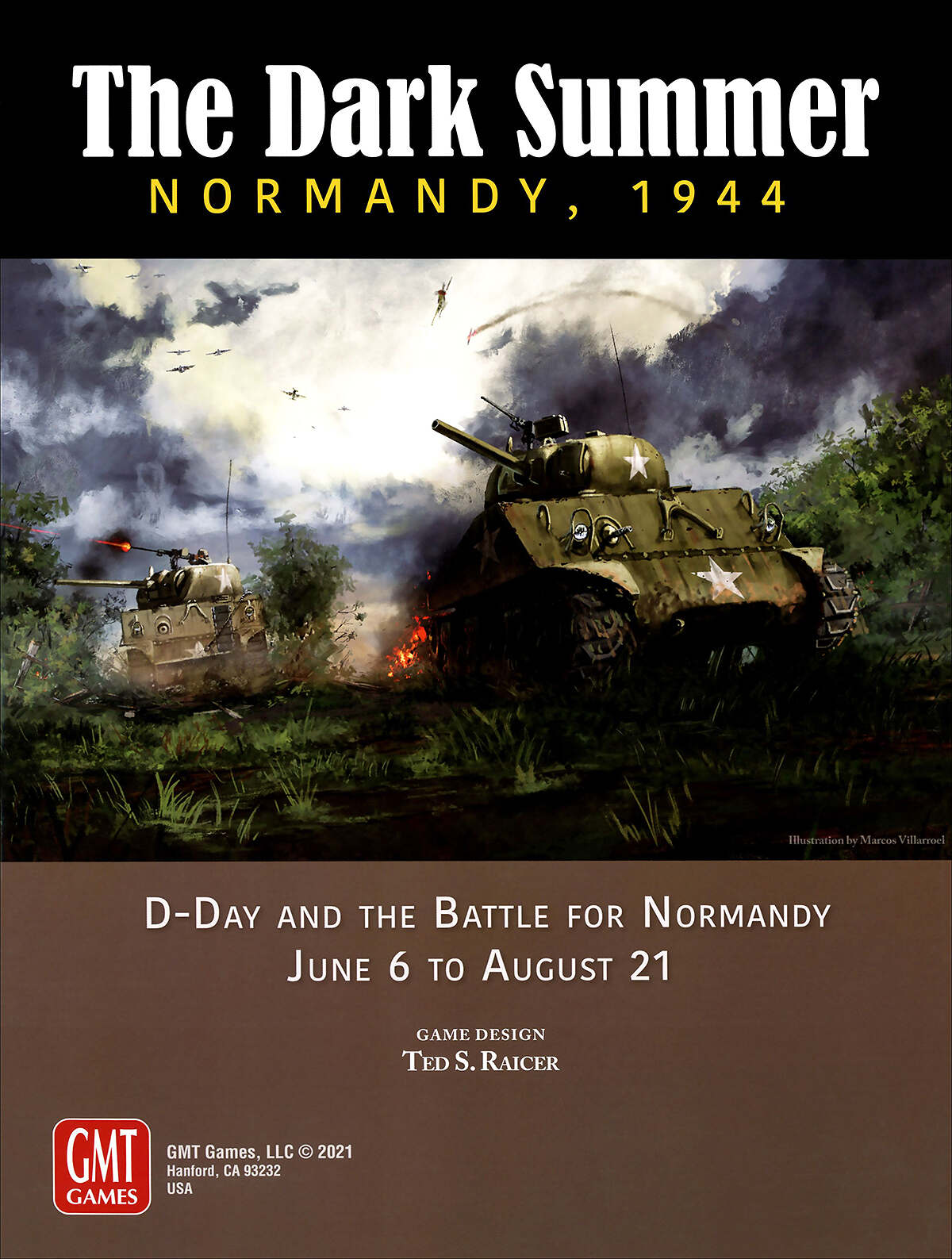October 1941
October 1941
The USSR has been fighting for its survival for 3 months, the Red Army is beginning its transformation. The mechanised corps, too heavy to manoeuvre, are disbanded and replaced by armoured groups. Five shock armies are set up. With improved offensive means at their disposal, they will be the spearheads of future counter-attacks.
Nevertheless, the situation is bad for Russia. The front is not continuous. Two gaps exist, where neither side can afford to send troops. On the other hand, they allow the German troops, who are more mobile, to surround their opponents. Everything depends on the weather. To help the Soviet side, an event card allows a weather reroll in autumn or winter. This guarantees a minimum of bad weather in Russia (we will see later what happened).
The first week sees the arrival of a cloudy front over the north of the country. The German progresses around Moscow and Kharkov. Two infantry corps are withdrawn from the front and sent to Odessa. It is now important to take this large city before the arrival of winter.
The Russian creates its shock armies, at half strength for the moment. The two Qgs of Orel and Kursk are rebased at the rear of the front. When a general sees shells falling around, it is time to move. By relocating them now, the Russian will be able to take advantage of their ability to launch offensives from November onwards.
Finally, he decides to withdraw from Kharkov, considering that the lengthening of the supply corridor necessary to hold the city had become too dangerous.
Unfortunately, the following week see the arrival of the mud. This weather block the movements of the whole front and make attacks almost impossible. Stiffing his upper lip, the Russian sees Kharkov fall, who could have held on for one more turn if sufficient troops had stayed inside.
It is at the end of the month (in the bad season, the turns last three or even two weeks) that disaster strikes: the sun dries the roads and allows the planes to take off. The Russian then plays his joker and rolls the weather die again. Alas, he rolls the sun out again (1 chance out of 3 each time).
The North HQ abandons its position facing Leningrad and comes to
reposition itself near Stalino. The war will be concentrated in the
south.
The OKH seizes the opportunity: the two HQs Centre and South, now supplied , go into offensive mode. The panzers who has regained their mobility take advantage of the gaps in the north and south to push on Moscow and Stalino. At the end of violent attacks in which the German air force dominates its Soviet opponent, four complete armies are isolated.
The Stavka orders counter-attacks to unblock them. Unfortunately, there are no more HQ to support the assaults. Left to their own strength, the frontoviks are crushed under the bombs of the stukas who break their charges.
As bad news never comes alone, Moscow learns in dismay that Odessa has fallen. Once again, the Luftwaffe gave heavily and allowed the fall of the city.
The only good news comes from the Leningrad front where the only HQ able to launch an offensive announces the recapture of a forest hex...
Dominated in the air and on the ground, the Russian army is bled dry. If the weather does not come to its rescue, the campaign could end before Christmas.




Commentaires
Enregistrer un commentaire